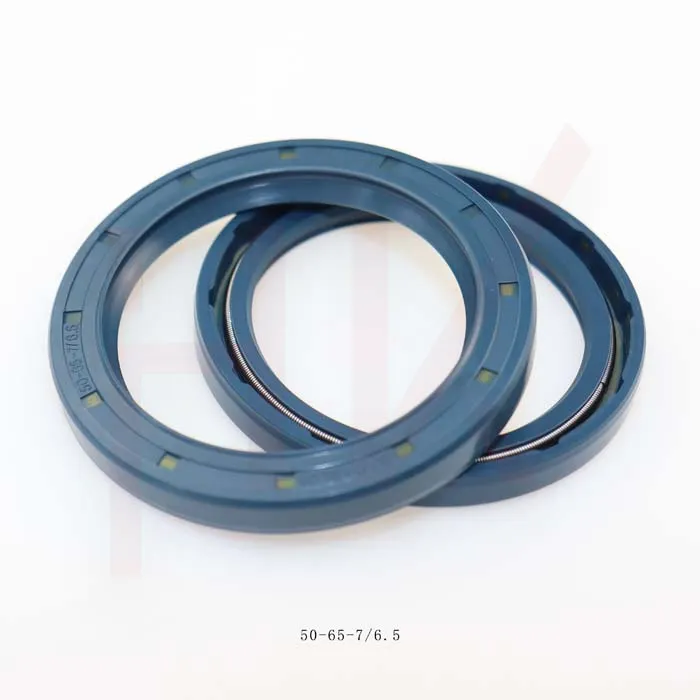Dec . 31, 2024 21:43 Back to list
Seal Kit Cylinder Solutions for Enhanced Performance and Durability in Hydraulic Systems
Understanding Seal Kit Cylinders A Comprehensive Guide
In the realm of industrial machinery and equipment, the seal kit cylinder plays a crucial role in ensuring optimal performance and longevity. These components are essential in various applications including hydraulic systems, pneumatic systems, and even in automotive sectors. This article delves into the significance of seal kit cylinders, their components, maintenance, and selection criteria.
What is a Seal Kit Cylinder?
A seal kit cylinder is a collection of seals and gaskets designed to prevent the leakage of fluids or gases within hydraulic or pneumatic systems. These seals are manufactured from various materials such as rubber, polyurethane, and sometimes even metal, depending on the application requirements. The primary function of these seals is to create a barrier that maintains system pressure and prevents contaminants from entering the system, thereby ensuring smooth operational performance.
Components of a Seal Kit Cylinder
1. O-Rings These are circular seals that sit in a groove and are compressed to form a tight seal. O-rings are perhaps the most common type of seal used within seal kits, due to their versatility and effectiveness.
2. Rod Seals These seals are specifically designed to fit around the moving pistons of cylinders. Their role is to prevent fluid from leaking past the piston as it moves in/out of the cylinder.
3. Cap Seals Cap seals act as the closure for the end of a cylinder and help prevent any fluid or gas from seeping out.
4. Backup Rings Used in conjunction with O-rings, these rings are designed to protect O-rings from excessive pressure and provide additional sealing support.
5. Gaskets These flat seals fill the gaps between two mating surfaces, ensuring that no fluid or gas can escape from the joint.
Importance of Seal Kit Cylinders
seal kit cylinder

The importance of seal kit cylinders cannot be overstated. They are fundamental in maintaining the efficiency of hydraulic and pneumatic systems. A failure in the seal can lead to significant problems including loss of pressure, fluid leakage, contamination of the system, and ultimately, machinery failure. This can result in costly repairs and downtime. Regularly replacing worn-out seals not only extends the life of the machinery but also maintains a safe working environment.
Maintenance and Replacement
Maintaining seal kit cylinders involves consistent monitoring and timely replacement of seals. The lifespan of seals can vary based on several factors, including the type of fluid used, operating temperatures, and the intensity of machine operations. Regular inspection for signs of wear, such as hardness, cracks, and distortion, is essential. Operators should adhere to manufacturers’ recommendations regarding the replacement of seals and consider implementing a preventive maintenance schedule to avoid unexpected failures.
Selecting the Right Seal Kit Cylinder
Choosing the right seal kit cylinder is essential for ensuring that the components function effectively under specific operating conditions. Some critical factors to consider when selecting seal kits include
- Material Compatibility Ensure that the materials of the seals are compatible with the fluids used in the system. For instance, certain oils can degrade rubber seals, making materials like polyurethane or PTFE more suitable.
- Operating Conditions Assess the pressure and temperature ranges in which the seal will operate. High-pressure or high-temperature scenarios may necessitate seals made from sturdier, heat-resistant materials.
- Application Different applications may require different types of seals. For example, a seal used in a dynamic application (where parts are moving) will differ from a static application (where parts remain stationary).
Conclusion
Seal kit cylinders are pivotal elements in ensuring the reliability and performance of hydraulic and pneumatic systems. By understanding their components, importance, and the need for regular maintenance, operators can significantly improve the efficiency and longevity of their machinery. Selecting the appropriate materials and designs that correspond with specific operational conditions further enhances system reliability, making seal kit cylinders an indispensable part of modern engineering practices. Emphasizing proper care and timely replacements will ultimately lead to better performance and reduced operational costs.
-
TCN Oil Seal Metal Ring Reinforcement for Heavy Machinery
NewsJul.25,2025
-
Rotary Lip Seal Spring-Loaded Design for High-Speed Applications
NewsJul.25,2025
-
Hydraulic Cylinder Seals Polyurethane Material for High-Impact Jobs
NewsJul.25,2025
-
High Pressure Oil Seal Polyurethane Coating Wear Resistance
NewsJul.25,2025
-
Dust Proof Seal Double Lip Design for Construction Equipment
NewsJul.25,2025
-
Hub Seal Polyurethane Wear Resistance in Agricultural Vehicles
NewsJul.25,2025
-
The Trans-formative Journey of Wheel Hub Oil Seals
NewsJun.06,2025
Products categories
















